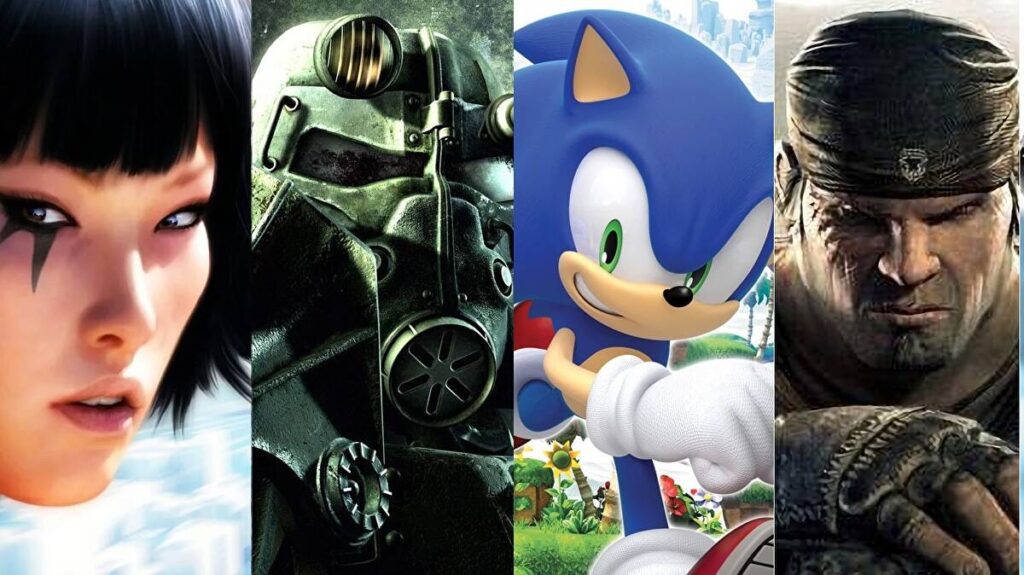Animation and gaming are two industries that have a lot in common, including the use of similar techniques and software, and a focus on creating immersive and interactive digital experiences. Animation has played a significant role in the development of the gaming industry, while gaming has influenced animation by enabling animators to create interactive experiences and use real-time animation software. As technology continues to advance, both industries will continue to influence each other, with the potential for the use of Artificial Intelligence in gaming and new animation formats and techniques. The COVID-19 pandemic has also accelerated the adoption of remote collaboration tools, making it easier for animators and game developers to work together from anywhere in the world.
Animation and Gaming: A Match Made in Heaven
Animation and gaming have always gone hand in hand. Both industries use similar techniques to create their products, and they have a lot to learn from each other. In this article, we will explore the relationship between animation and gaming, and how they have influenced each other.
The Similarities between Animation and Gaming
Both animation and gaming involve creating digital worlds that are immersive and interactive. Animators and game developers use similar software, such as Maya, 3DS Max, Blender, and Unity, to create their products. They also use similar techniques, such as rigging, keyframing, and motion capture, to create lifelike movements and characters.
Moreover, animators and game developers have to pay attention to a lot of details, such as lighting, texturing, and sound, to make their products look and feel realistic. They also have to keep in mind the target audience and the purpose of the project to create engaging and entertaining experiences.
Animation Techniques in Gaming
Animation has played a significant role in the development of the gaming industry. For example, cutscenes, which are animated sequences that advance the story or provide character development, have been a staple of gaming since the early days of consoles.
Today, game developers use a variety of animation techniques to create lifelike characters and environments. They use motion capture to capture the movements of real actors or stunt performers and integrate them into the game. They also use facial animation software, such as Faceware, to capture the nuances of facial expressions and emotions.
In addition, game developers use animation to create physics-driven effects, such as fluid dynamics, particle systems, and cloth simulation. These effects can make the game more immersive and realistic by providing realistic interactions with the environment and characters.
Gaming Techniques in Animation
Gaming has also influenced the animation industry in many ways. For example, animation studios have started using real-time animation software, such as Unity and Unreal Engine, to create animated films and TV shows. These software allow animators to create lifelike characters and environments in real-time, giving them more creative control and flexibility.
Moreover, gaming techniques have allowed animators to create interactive experiences that were not possible before. For example, Virtual Reality (VR) and Augmented Reality (AR) technologies have enabled animators to create immersive experiences that allow the user to interact with the environment and characters in real-time.
The Future of Animation and Gaming
As technology continues to advance, animation and gaming will continue to influence each other. For example, the use of Artificial Intelligence (AI) in gaming can be used to create more realistic and intelligent characters that can interact with the player in more complex ways.
Moreover, the rise of streaming platforms, such as Netflix and Disney+, has created a growing demand for original animated content. This demand has encouraged animation studios to experiment with new formats and techniques, such as interactive storytelling and mixed-media animation, that can appeal to a wider audience.
Finally, the COVID-19 pandemic has accelerated the adoption of remote work and collaboration tools. This has made it easier for animators and game developers to collaborate and create projects from anywhere in the world. This trend is likely to continue in the future, as companies look for ways to reduce costs and expand their reach.
Conclusion
Animation and gaming have a lot to offer each other, and their relationship is only going to grow stronger in the future. The use of similar techniques and software has enabled both industries to create lifelike and immersive experiences that entertain and engage audiences.
As technology continues to evolve, we can expect to see more collaboration between animators and game developers, as they push the boundaries of what is possible in the digital realm.
